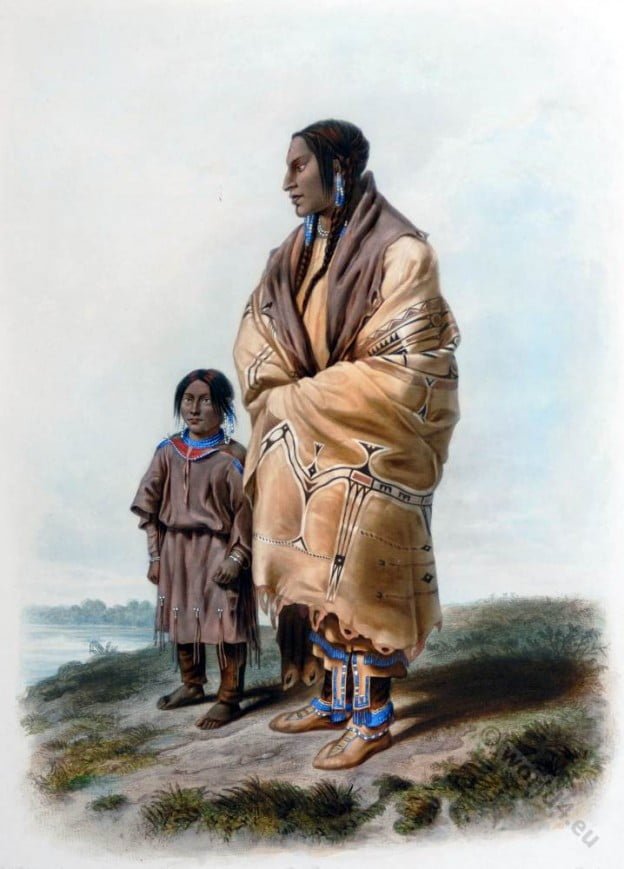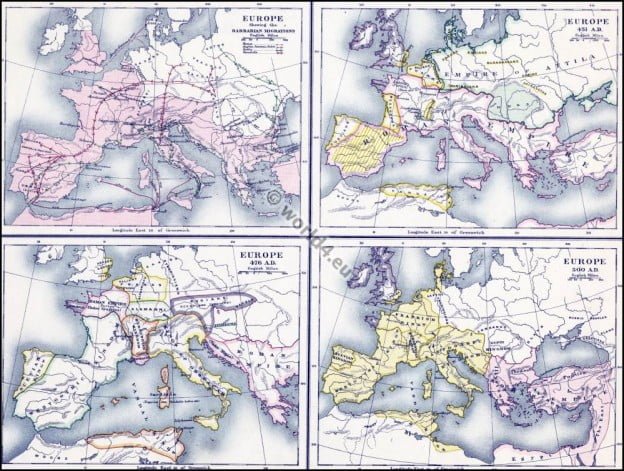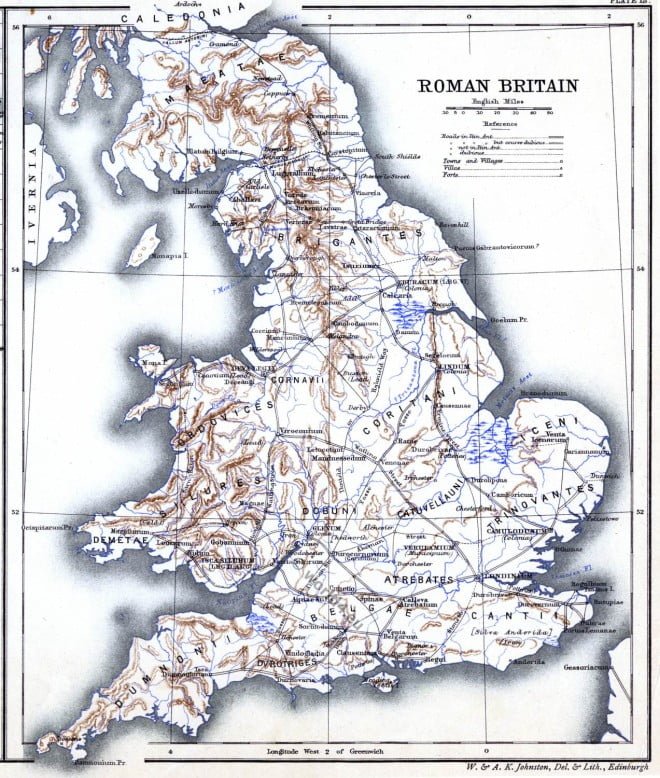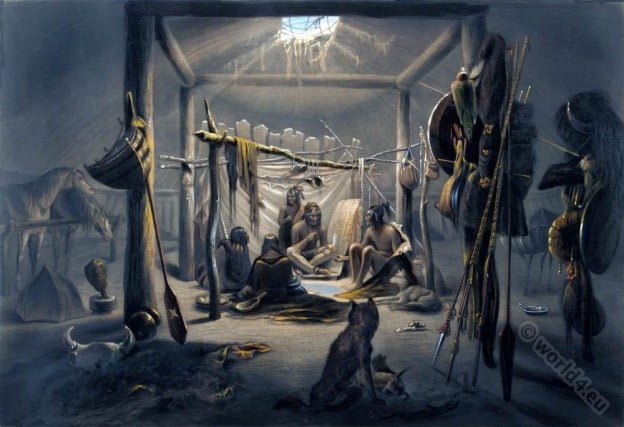Chapeau de paille cousue. La mode 1834. Chapeau de paille cousue et paille de riz. Robe de Jaconas et mousseline laine imprimé. Canezou de batiste garni de dentellas.
Roland at the Battle of Roncesvalles.
Roland at the Battle of Roncesvalles. ROLAND, the hero of Pulci’s “Morgante Maggiore,” was the nephew of Charlemagne. As he was leading the rear-guard of Charlemagne’s army through the valley… Read More
Garde royal. Grenadier à Cheval. 2e Régiment 1825.
The Grenadiers à cheval de la Garde impériale were a regiment of heavy cavalry belonging to the Garde impériale of the First Empire.
Light infantry of the Imperial Guard (Napoleon 1st, 1809).
Infanterie légère de la Garde Impériale (Napoléon 1er,1809). Voltigeur. Carabinier.
Dakota woman and Assiniboin girl. Tribal group of the Sioux.
The Dakota or Dakhóta (often Santee or Eastern Dakota) are the eastern dialect and tribal group of the Sioux from the Sioux language family.
The Migration Period. Historical atlas of modern Europe.
Historical atlas of modern Europe from the decline of the Roman empire: comprising also maps of parts of Asia and of the New world connected with European.
Briganti, Bandits. Italy 1834.
Briganti, 1834. Abiti popolari italiani. Tableau historique et descriptif de l’Italie, du Piémont, de la Sardaigne, de Malte, de la Sicile et de la Corse.
Hadrians Wall. Roman Britain. Maps, Places, Tribes.
The Romans in Britain. Maps, Places, Tribes. Historical atlas.
Historical atlas of the principality of Antioch.
Syria during the period of the crusades, 1096-1291. The crusades. The county of Edessa. The principality of Antioch. The county of Tripoli.
The kingdom of Jerusalem. List of places and names.
Numahkahke people. The Interior of the hut of a Mandan Chief.
The Mandan are a small, originally semi-nomadic Indian people of North America from the Sioux language family who lived along the Missouri River.










